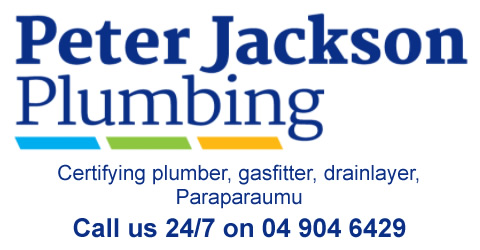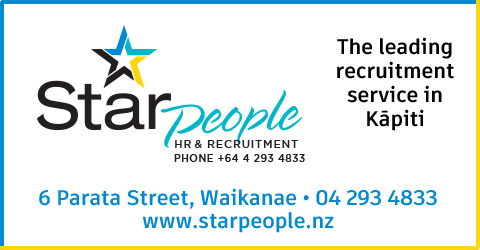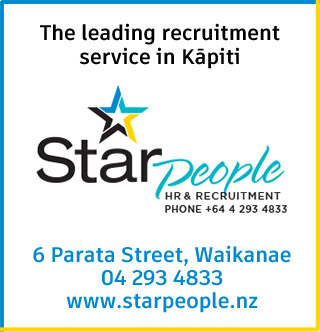
Mayoral candidate Kim Hobson says it is important for ratepayers to consider how Rates Capping will affect them.
Mr Hobson says the annual mean household income in the Kāpiti region is $122,703.00 and the average house price of $793K. He says if the rates are set to be 5% of that then KCDC Rates would be $6,135.15 per household for a $790K home.*
“Residents on fixed incomes top out at around $52,000, less than half of the mean average or more than 11% of their income if their house value is $790K. Those above will be paying more.
“Can anyone please explain how the rates should be set based on this capping scenario? To deliver a 1% rates decrease there would need to be a $1M cost saving year on year. Removing the nice to haves’ year 1 may be achievable, however, years two and beyond may be an issue to maintain services.”
He says over and above the rates, households have other costs and expenses which were once core services and now excluded from the rates such as rubbish collection and water usage fees.
“One needs to ask what are council’s core services and how do we get these to remain as a core service.
“It appears that costs and service cutting is not going to cut the mustard to provide a method to reduce rates, so the only other option is for council to achieve returns on the investments it makes.”
Mr Hobson says a Waste management solution does that. “There are several options being looked into and proposed by myself as the only candidate who has looked at creating a source income paid back into council. This is a totally different outlook and vision from a new-comer to the candidacies.
Mr Hobson says he has even looked into the options for future expansion for Kāpiti by evaluating a plant
that processes a claimed 700 tons per week of mixed waste where Kāpiti only creates 510 tons.
“As discussed, the shortfall can be imported from neighbouring councils with a preference being the
high value Bio-waste which currently costs KCDC $340 per ton to dispose of. One of the companies has suggested that based on power / electricity prices as of Feb 2025 and 5Mega Watts of power being delivered the return would be $18M per annum plus revenue from neighbouring councils. This is foresight and allows Kāpiti to expand into the full capacity and have a revenue stream while growing.
“The waste plant comes as a full turn key solution from Europe and Asia with an installation and commissioning timeframe of 18 months before being fully operational. So KCDC would need to
wait about two years with consents before the $18M per annum would come online.”
Mr Hobson says government has already set a precedent of contributing 25% for a smaller green plant in the Huntly region.
*Based on data from informatics New Zealand Regional Economic Profile | Kāpiti Coast District | Household income

































































